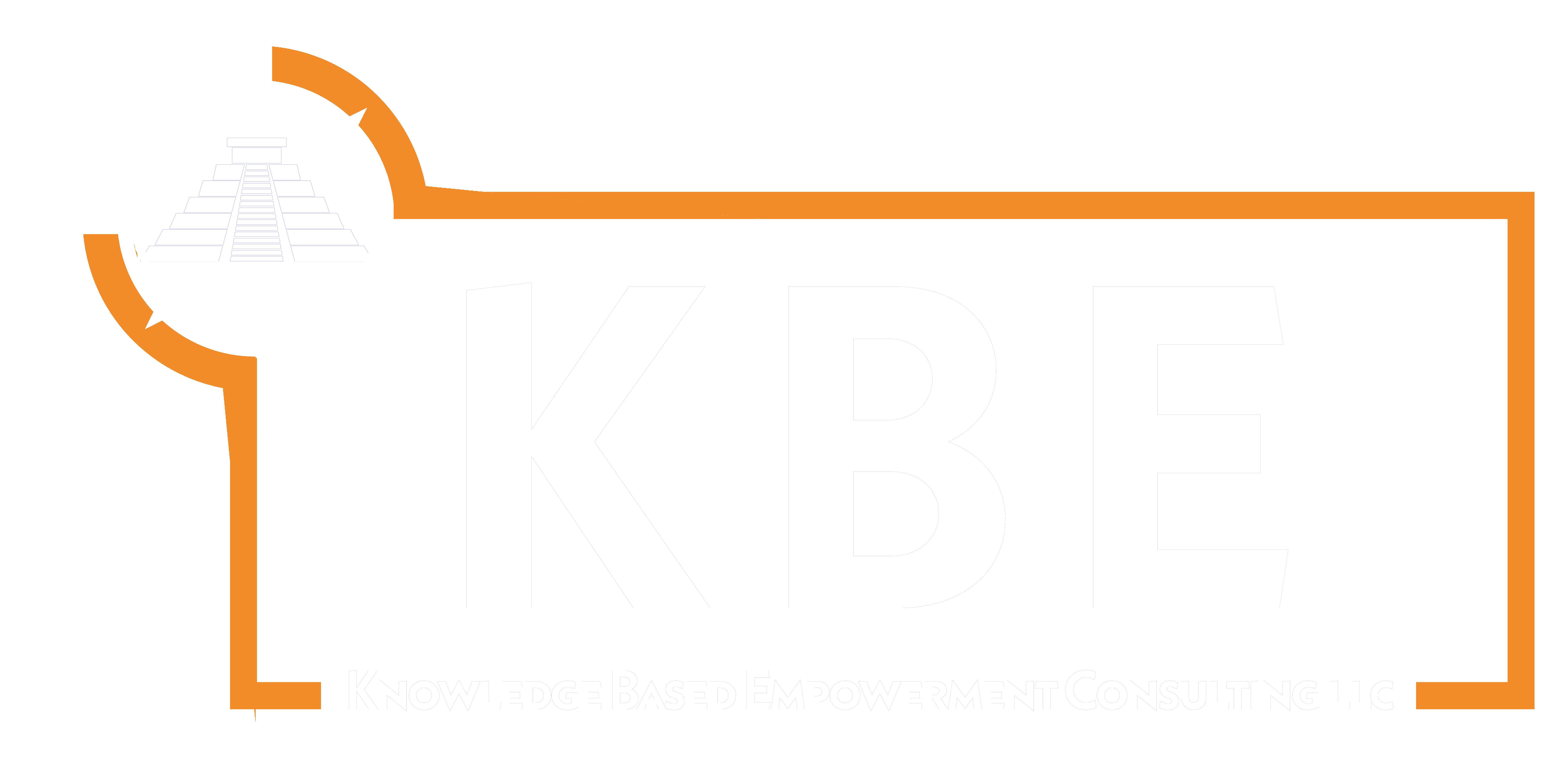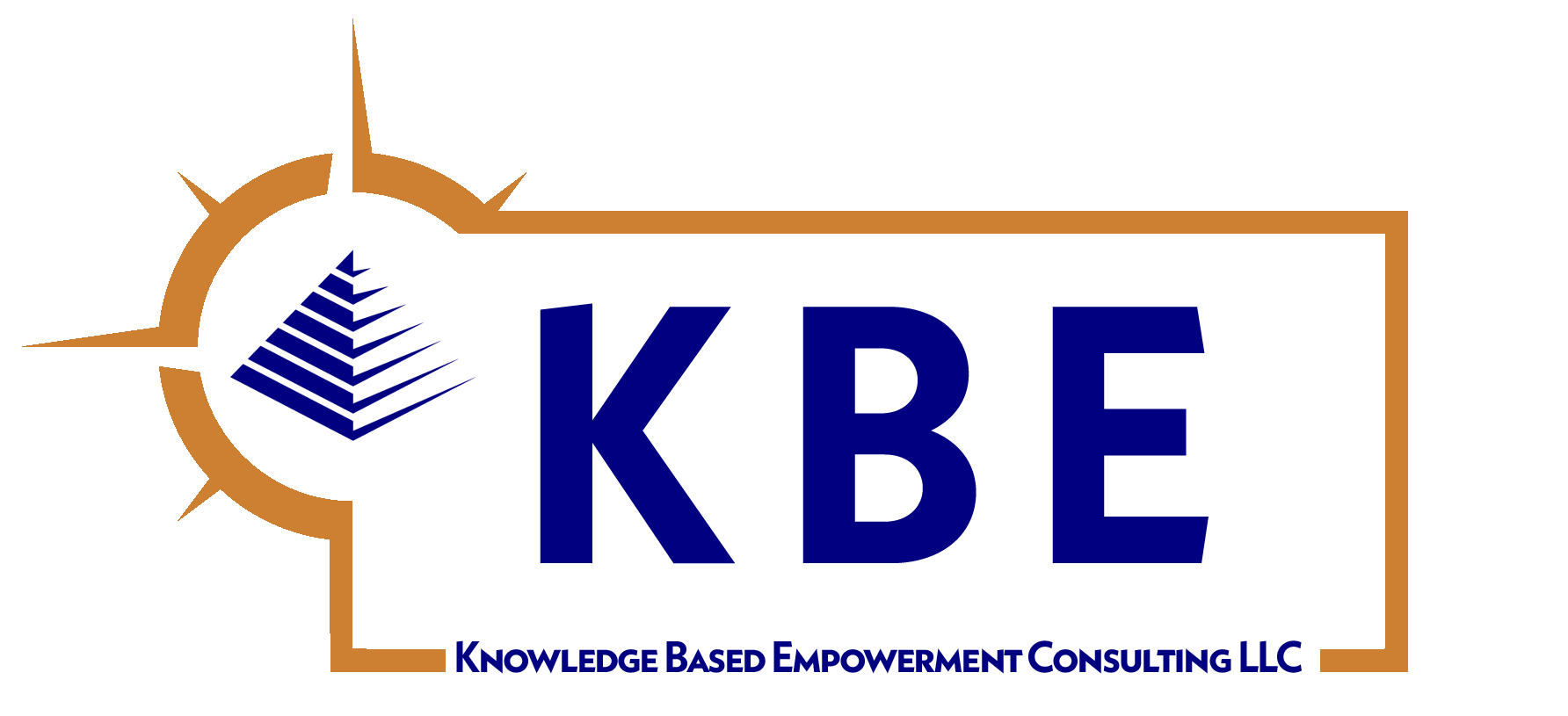
Grant writing often appears as a panacea for nonprofits in need of extra funding. Many nonprofit leaders view it as a critical solution for bridging budget shortfalls. However, a deep understanding of the grant writing process and clear initial expectations are crucial. Without these, leaders might face disappointment, frustration, and financial instability.
As a business coach working extensively with nonprofits, my role often extends beyond strategy development to active participation in revenue-generating activities, particularly grant writing. To navigate the complexities of grant writing effectively, it’s important to understand its key components. Here’s a breakdown of what every nonprofit leader should know to optimize their grant-writing efforts.
1. The Success of Grant Writers: Managing Expectations
The effectiveness of a grant writer is influenced by factors beyond their control. While no grant writer can guarantee success, they can enhance your chances of securing a competitive grant with their writing style, strategic fit, and deadline adherence. Experienced grant writers generally have higher success rates, but it’s essential to understand that certain variables are simply beyond their control.
Variables affecting grant success include:
- Lack of standardized evaluation criteria for grant submissions, leading to varied reviewer expectations.
- Grantors ceasing to accept new applicants while still allowing public submissions.
- Shifts in grantor priorities that are not reflected in their current calls for proposals.
- Inactive grantor boards that are still listed in databases without formal dissolution.
Effective grant writers manage as many aspects as possible to boost their success rates. They are adept at structuring responses, leveraging emotional appeals, utilizing data, and crafting compelling narratives. They focus on promising opportunities and execute comprehensive grant strategies that encompass everything from research and relationship building to drafting applications and reporting.
2. Understanding the Timeline: The ROI on Grant Investments
The grant review process is lengthy. Decisions typically take between 30 to 90 days, and sometimes up to six months. The process might include multiple stages, such as initial interest letters, full applications, site visits, and board interviews. This means a significant delay before seeing a return on investment from a grant writer retained on a monthly basis. Planning for grant applications should ideally start 12 months in advance.
Furthermore, it is crucial never to compensate grant writers on a commission basis. This practice is considered unethical in the nonprofit sector. Instead, compensation should be structured as a monthly retainer or per-application fee.
3. Beyond Writing: The Full-Cycle Grant Approach
The role of a nonprofit leader in the grant process is pivotal. Ensuring your grant writer has comprehensive information is the first step. Provide them with materials such as handouts, brochures, reports, program descriptions, media articles, videos, client testimonials, success metrics, and financial documents.
It’s equally important to facilitate connections between grant writers and program directors. This collaboration ensures that grant proposals accurately reflect the impact of your programs. Your leadership team should also actively engage with grantors. Establishing relationships with funders through meetings and presentations can significantly increase your chances of securing grants.
By understanding these elements, nonprofit leaders can gain clearer insights into the grant writing process. Although challenging, grant writing is a vital source of funding for nonprofits, tapping into a vast pool of available funds each year. With a strategic and realistic approach, it can be a fruitful revenue stream for your organization.
Share This Story, Choose Your Platform!
Get In Touch
108 Patriot Drive, Suite A
Middletown, DE 19709
Phone: 1.302.000.000
Email: info@kbeconsult.com
Web: kbeconsult.com



